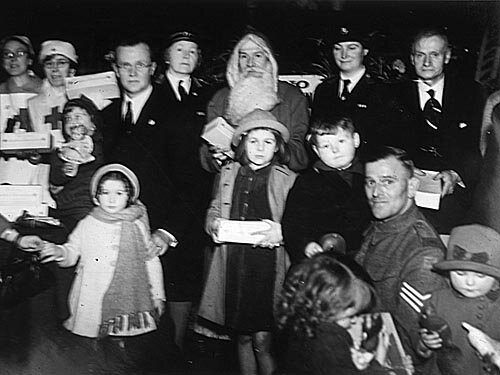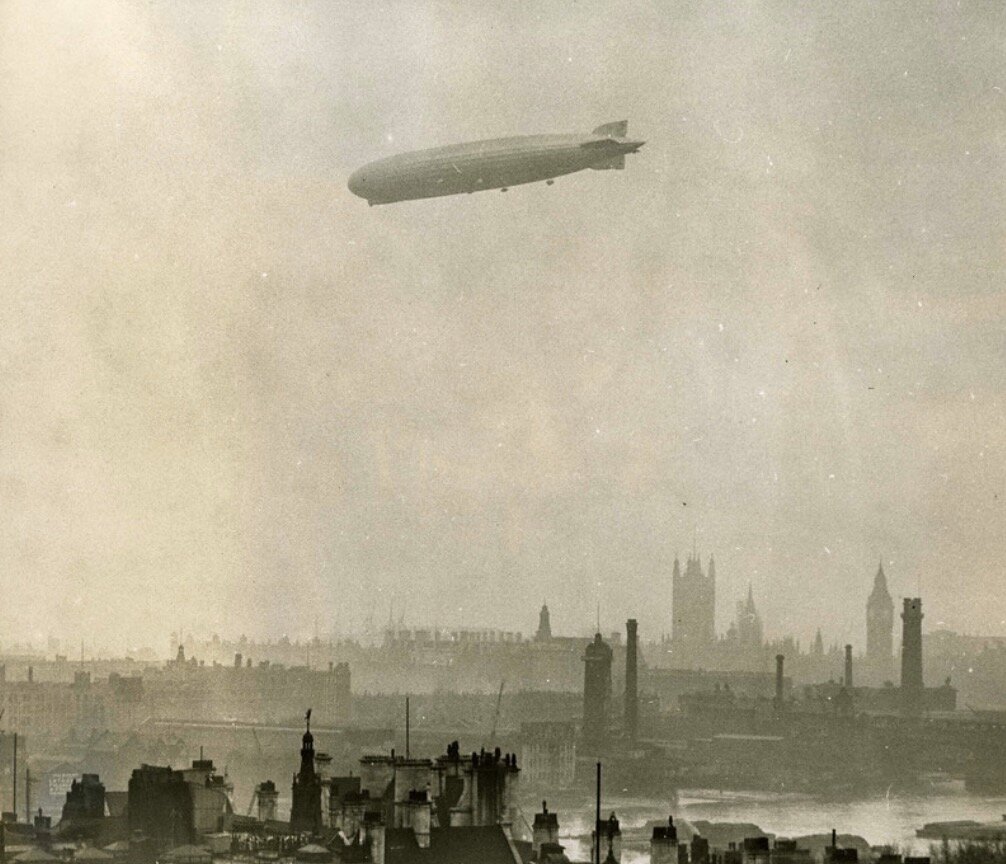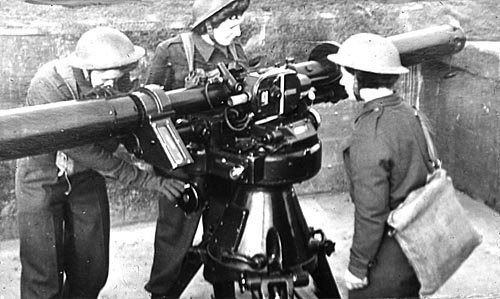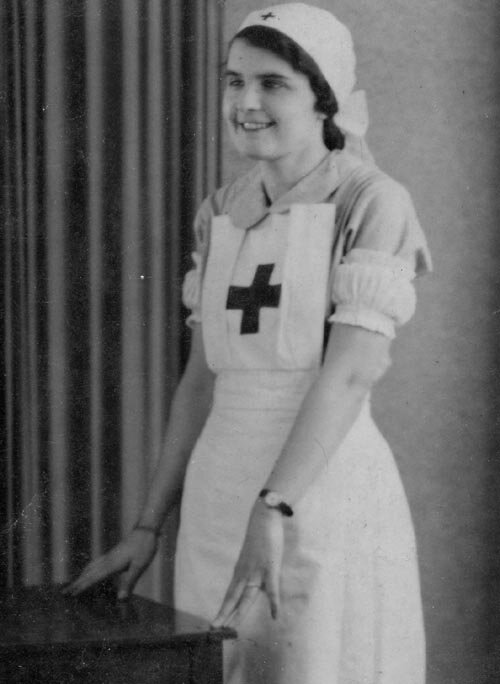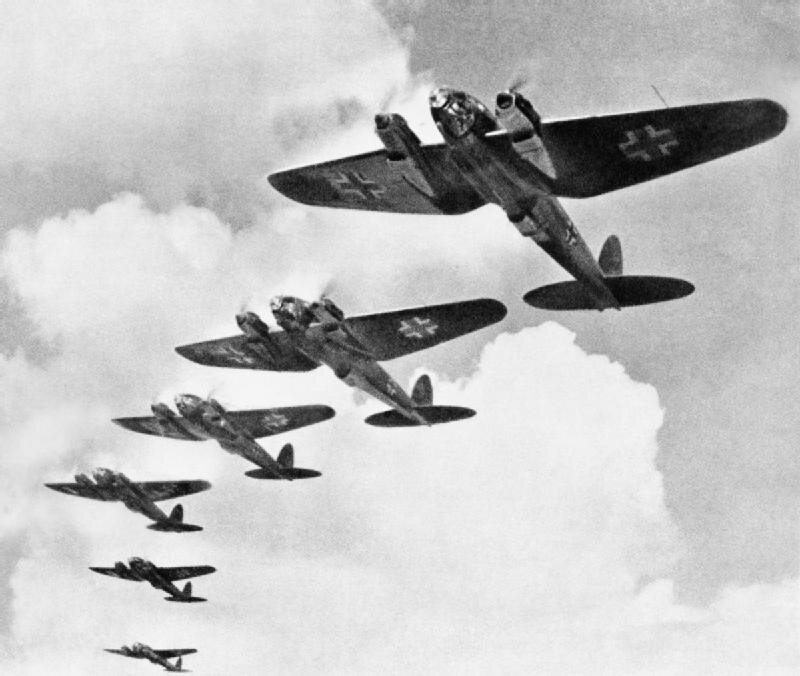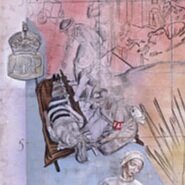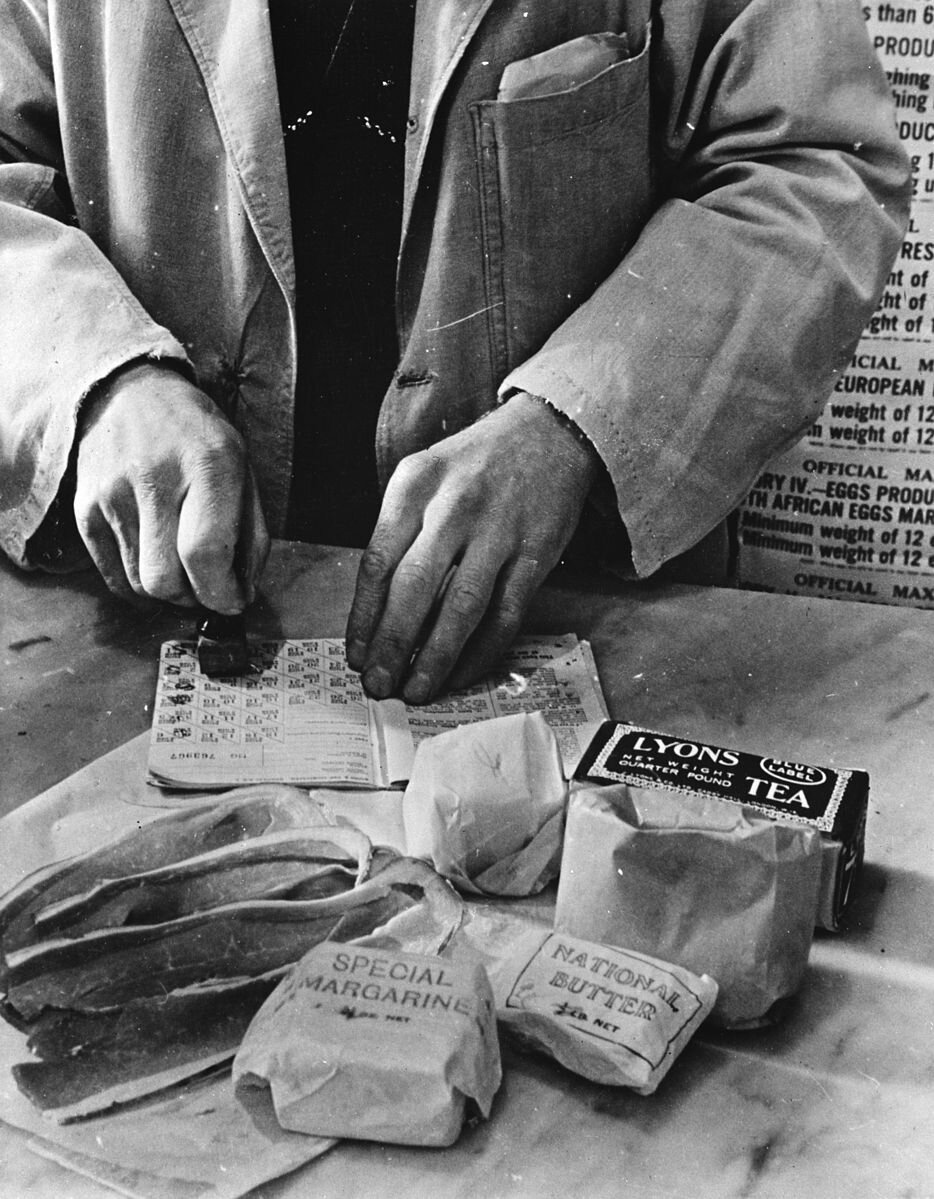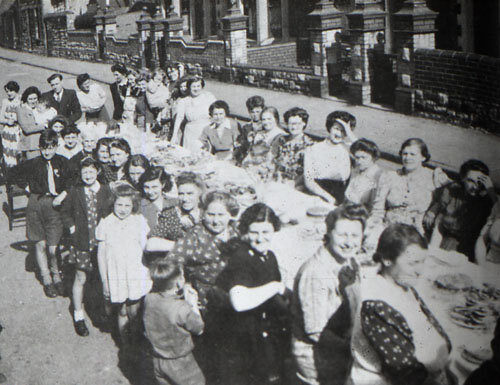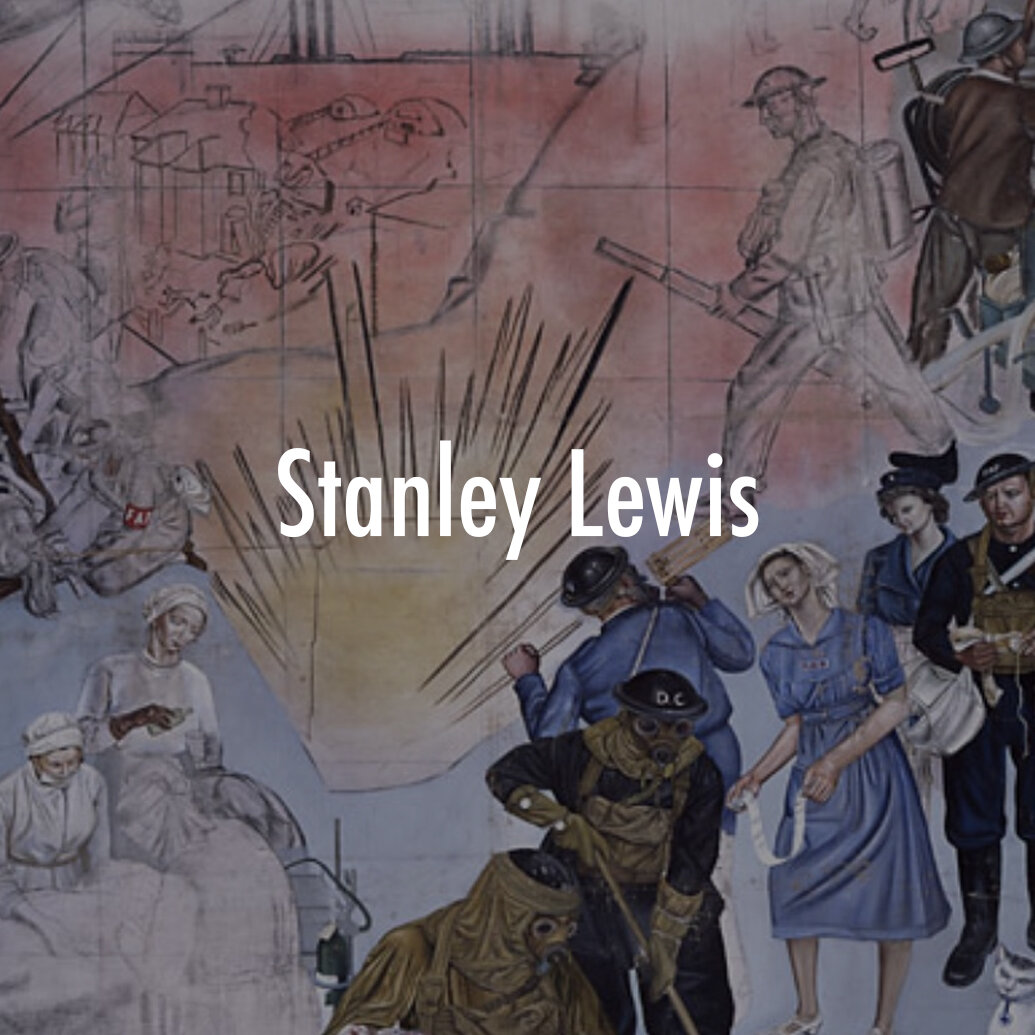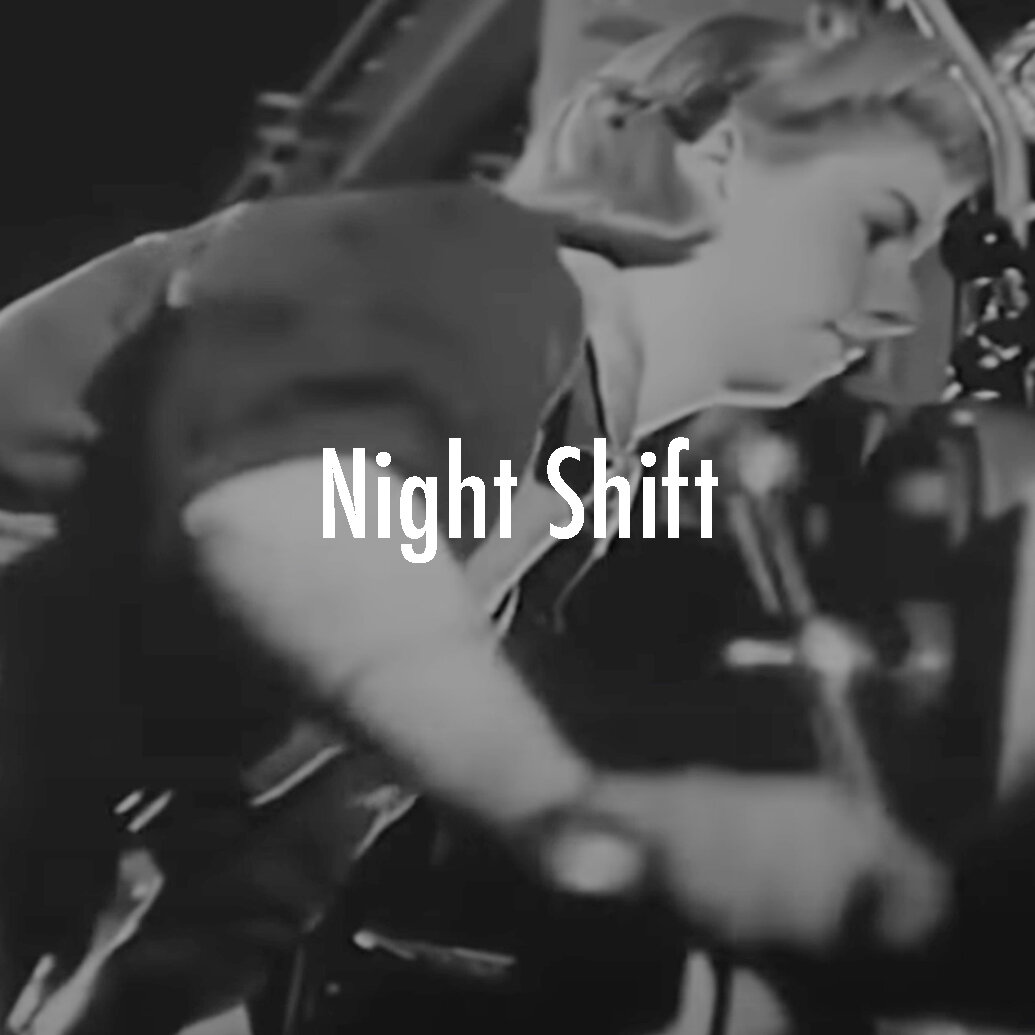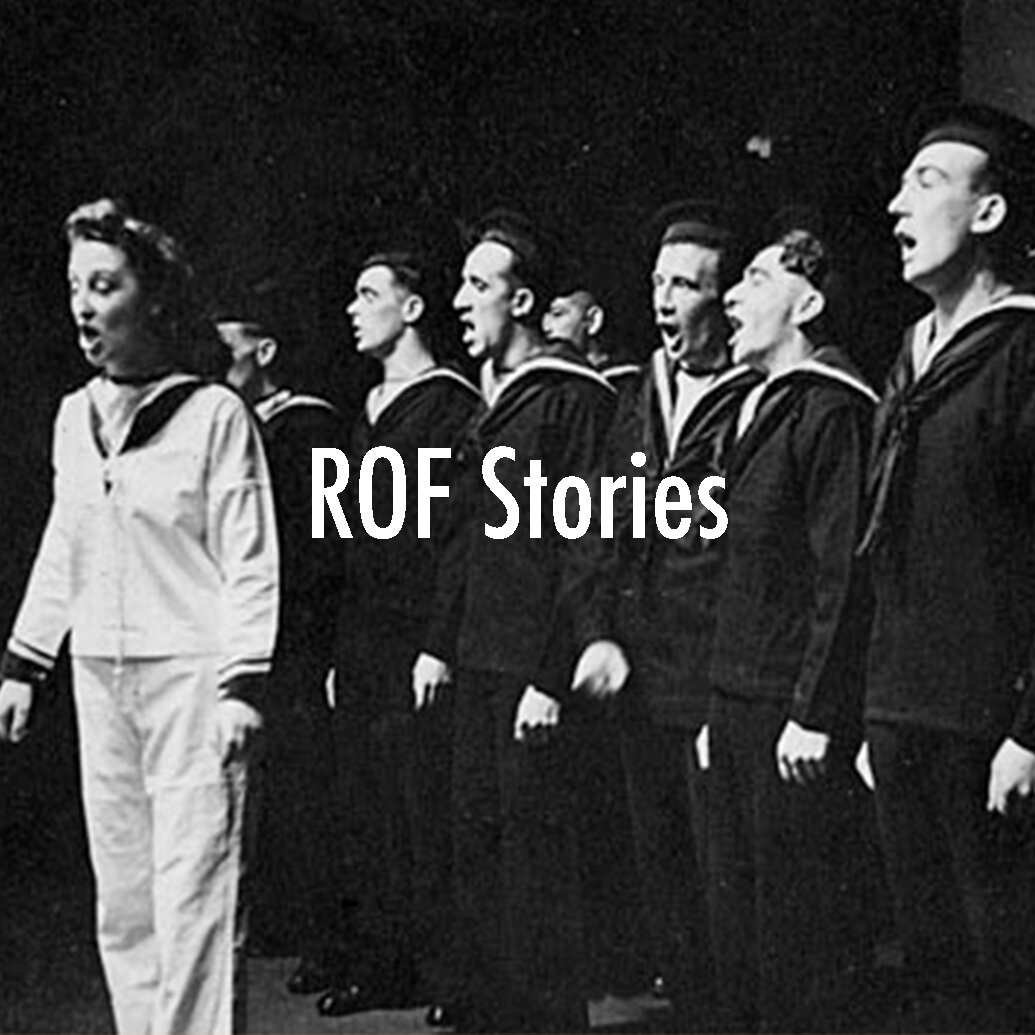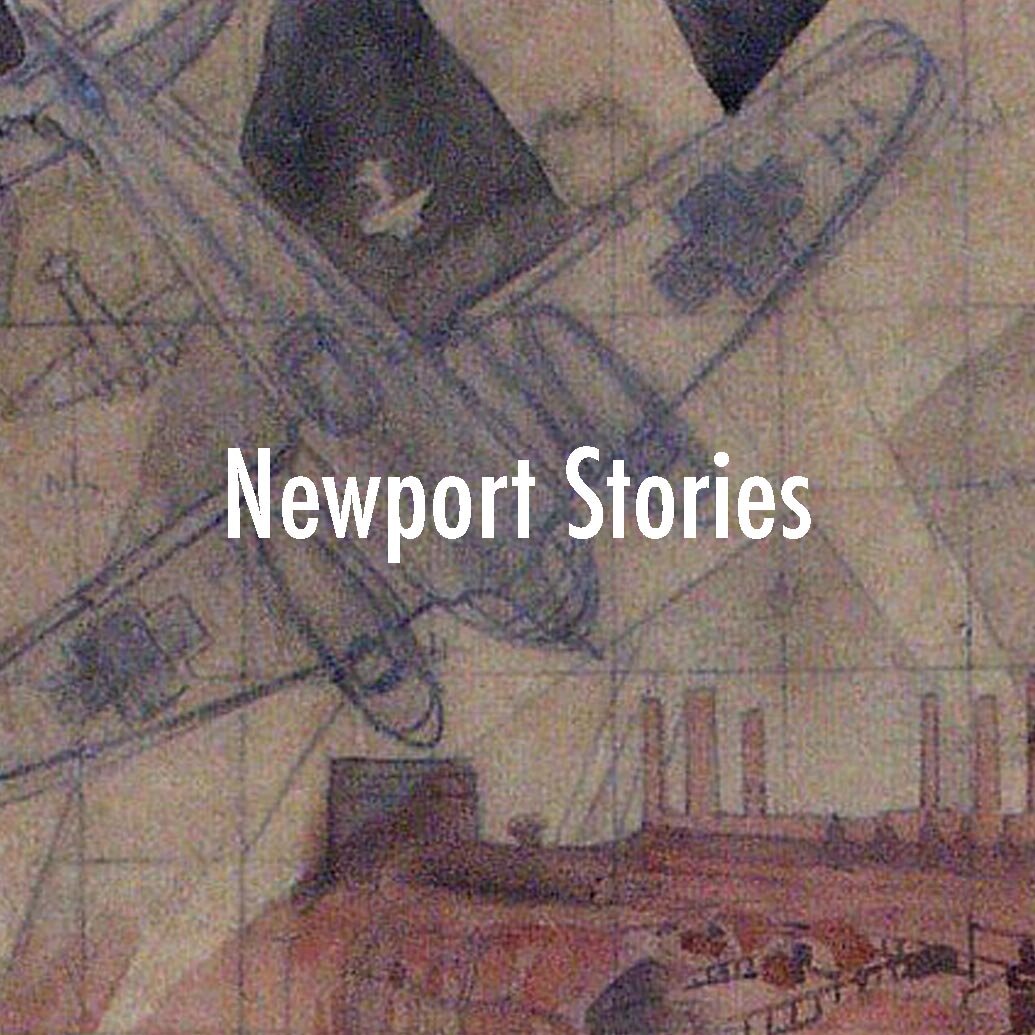Newport Stories:
My Windows Rattled
David Lloyd was born on 30th April 1923 and lived throughout the War at 191 Cromwell Road. His back garden gate and Anderson Shelter were only fifteen yards from the turnstiles of Somerton Park (Cromwell Road end).
This is his story.
"I recall the mines dropping at Eveswell. My parents were already in the Anderson Shelter, I was still in bed fortunately. The windows in my bedroom even rattled when the Paddington trains went by. This particular night, there was a loud explosion and my window rattled. I can assure you that I ran down the stairs in my pyjamas as fast as I could and dived into the Anderson Shelter.
Around about this time two houses in Dewstow Street were demolished by bombing and to my knowledge the gap in Dewstow Street is still there today. In the Eveswell area a couple of the Gimlett family were killed who attended the Corporation Road Baptist Church adjacent to the Royal Ordnance factory (R.O.F.) entrance in Wednesbury Street.
Little did I realize my future wife Phyllis Maud Beer worked at the R.O.F. until its cessation.”
Stamp number 185
Phyllis was born in Hartland, North Devon on 2nd May 1921. She came to Newport and trained at F.N Morgan garage on Chepstow Road and was taught to read micrometers and verniers. She then became an Inspector on Bofors guns and her inspection stamp was number 185.
“It was not until early 1944 that I met my future wife at the Kings Head Hotel where many of the factory girls attended dances on Saturday nights. We were eventually married in Hartland, North Devon on 31st March 1947.
Meanwhile up to this time I was in a reserved occupation at Uskside Engineering Company, Church Street, Pill (quite near to the Transporter Bridge). We were also doing war work, tank guns, aero parts and coal cutters. I well recall cutting main recoil slides on tank guns on a horizontal milling machine. At the time we worked twelve hour shifts.
The people of Newport were aware of the sound of the German aircraft at night. The engines noise was not a constant drone of the same pitch, but a variance of the pitch every three or four seconds.
The Graf Zeppelin
In hindsight, maybe the occurrence in 1936 when on a Sunday afternoon the Graf Zeppelin appeared above Corporation Road Baptist Church. I watched its low, slow flight across to Lysaghts Steelworks, Stewart & Lloyds the Transporter Bridge, River Usk and Newport Docks. I assume they took photographs of all this area. The R.O.F. was not completed until late 1940 but with the efficiency of German intelligence they would be aware of its existence.
So with all the land marks quoted above plus the Transporter Bridge’s close proximity to the Severn Estuary you can understand why Bristol took such pasting during the War."
- David John Lloyd, 15th November 2005
